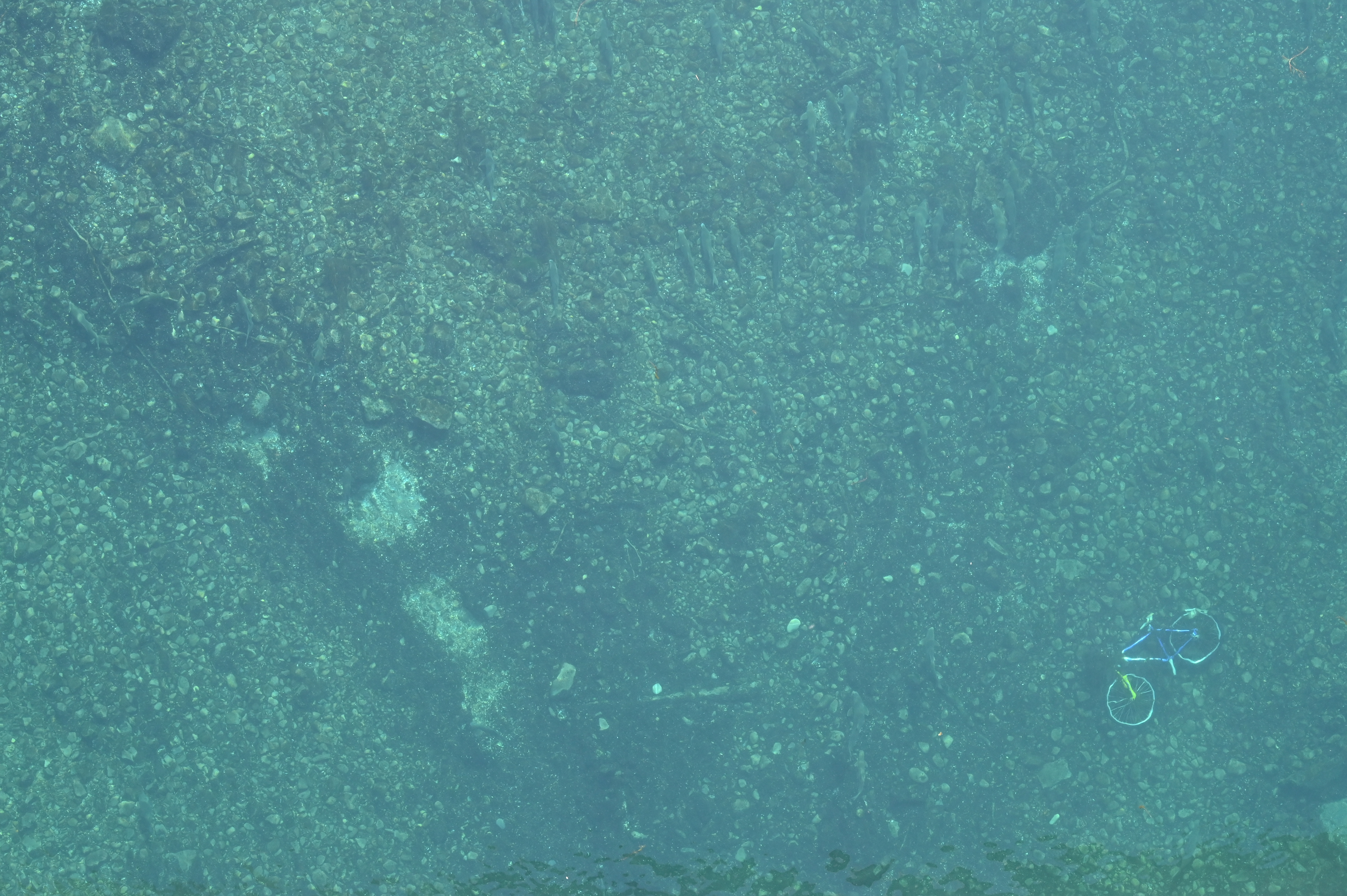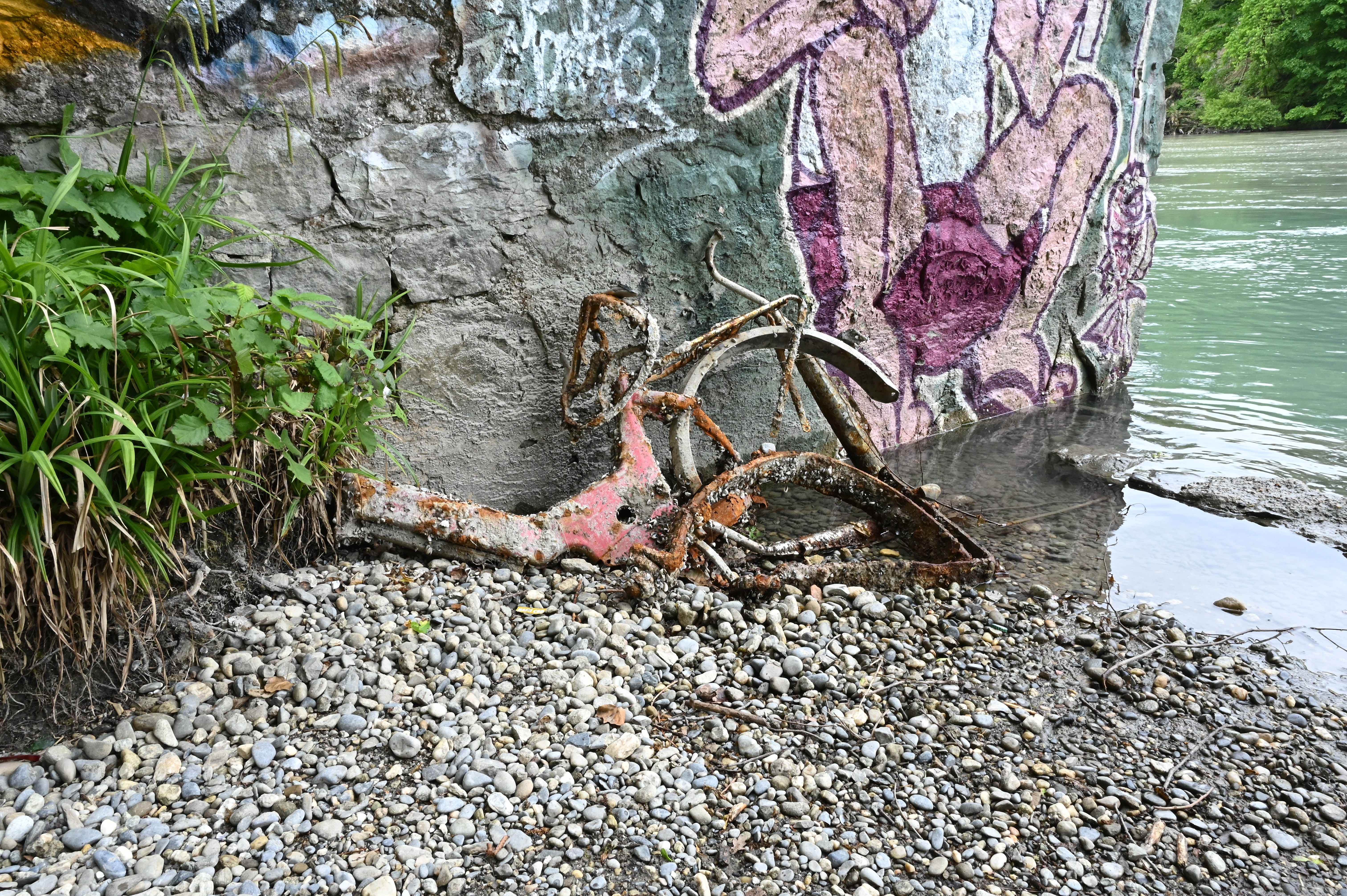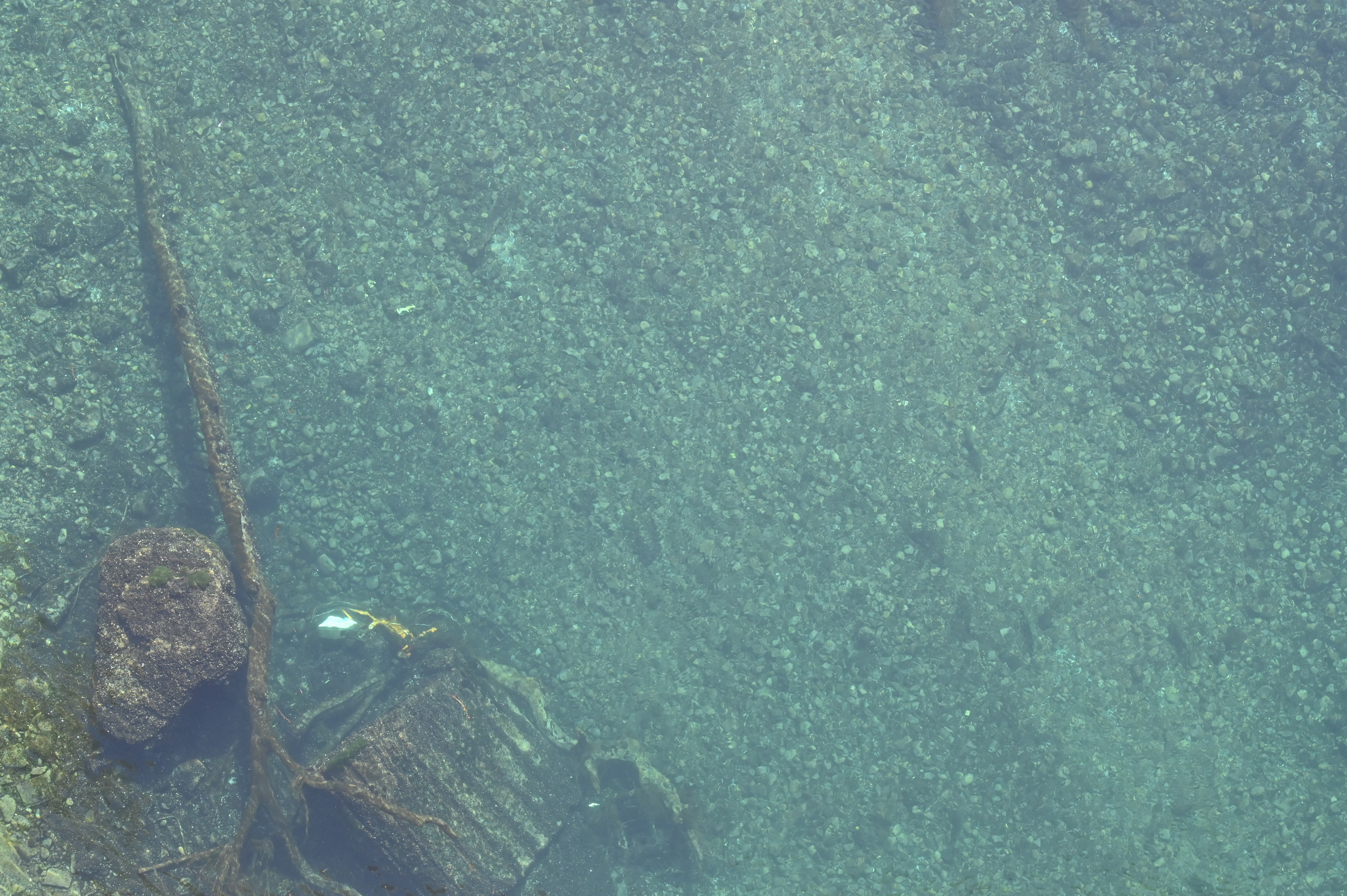Notes on La Rivière et Le Bulldozer
Created: Thu May 29 2025
The book is written by Matthieu Duperrex, an artist and philosopher based in France.
Chapter 1: Minéral, Vous Avez Dit Minéral?
What can the examination and knowledge of the movement and lost of soil and tell us about our current geological condition.
Sets up the Anthroposcene and that there's still no official designation of this term with the International Union of Geological Sciences. Term coined by Paul Crutzen in 2000. The question, is why hasn't it been designated as an official term when there are clear signs of how human technology and systems have been incorporated into Earth, and in effect, changing it's geology.
Mineral order is the "poor parent" or as I always like to say when someone is the outcast, "Poor Michelle" of the anthroposcene or philosophy.
Author asks, what does it mean to sediment? To think about it as an action in relation to the sediements of water and soil. The question sets up the rest of the book and this is the framework he's working in.
Thoughts
At what catastrophic point will it take for the term to be official. We have micro-plastics in our water which then in turns goes into our bodies.
Why does it matter for an official designation?
- To bring awareness to the general public. If people are aware and it becomes official, then it could lead to concern and action.
- It can lead to further funding and research about the effects of the Anthroposcene.
- Like all geological periods, it gives insights to how Earth was formed. Should it not be important in the history of Earth to have this documented?
Minerals and soil - Will keep an active look out when looking for projects and texts around this to see if Dupprexx's statement about it being the poor one of the AS. From what I've seen, there are exhibitions around the sun and water, but nothing for minerals and soil from an anthroposcene perspective.
Chapter 2: Méditation des Rives
What makes up rivers with examples from glaciers making river beds, to humans intervening in shaping and re-shaping environments, scientifically through chemistry and also our anthrpocentric impact.
Rivers being a source for drinking and in contrast to the bottle water. The bottle water being a plastic that then gets re-introduced into the environment. Micro-plastics are now part of the ecosystem and human bodies. Reminds me of the project The Sentinel Self by Sissel Marie Tonn.
My takeway is that the author is still trying to make an argument for the anthroposcene with the story about the Japanese oyster farm and trying to get the area to be re-forested so that leaves that decompose in the river can supply nutrients to oyster. Also mentioning that each galacier period informs the rivers, which also our human impact, our change, the anthrposcene is also impacting rivers.
Chapter 3: Nos Empreintes dans la Vase
Continuing with the theme of our impact on nature, but now from a storytelling point of view with examples from an art project to historical accounts. And also from our intervention on rivers such as designing Niagara Falls.
Terms
- Liquid story by historian John Burns.
- Wild artefacts by archeologist Matt Edgeworth.
- Organic machine by environmental historian Richard White.
Thoughts
I started to document objects in the Rhône river and along its shore. Surprisingly there are bikes. On a clear sunny day, can spot them in the river from the viaduct. Question, why would someone throw these bikes into the river?

Along the shore after the Arve becomes the Rhône, there is a rusty bike with seashells.

Another distinction in water with French. Cascade and chute d'eau are both translated to waterfall and French, they are waterfalls too but they have differences. Cascade, like the name suggets in English, are waterfalls that have a step-like formation and often describes an aesthetic quality of being picturesque. While chute d'eau means large and powerful waterfalls.
Chapter 4: Naissance de la Civilisation Sédimentaire
Thoughts
Reading this chapter, I made a stronger connection to the author's question from Chapter 1 to view the verb to sediment to be an action when he talks about humans transition to being inside and moving away from being hunter and gathers. In contrast to our contemporary life as being sedimentary beings, the sedimentary civiization Duperrex talks about is our transition to being inside, moving away from being a predator but building community and culture because we don't have to focus on just surviving.
Haven't mentioned yet, but there are technical diagrams in each chapter of an invention. These inventions can give clue to what the author is trying talk about
Chapter 5: L'usure des sols
Soil degradation. Not really sure the point of this chapter. Outlines fertile soil and the use for crops and domesticated animals. The soil allowing for argiculture. Soil has also been designed, even if we think of soil being part of Earth. One example provided is terres noires or terra preta.
Chapter 6: Du dragage et des barrages
"territorialisation bleue" maps and the changing landscape eg. Singapore and Sajahat island Human made islands or waterfronts dating back to middle ages. Reminds me about the (create back link to design of rivers) design of rivers and how changing their shape and behaviour can cause adverse affects. But now, people are restoring them to help with preventing floods within cities. "l'usage des sédiments n'est jamais neutre ou simplement mécanique"
- Countries building their own islands to claim water space
Chapter 7: Béton sur plage
Concrete on the beach. Second material consumed in the world after water. First and foremost an artificial rock. Ancient ruins more stable and durable than modern concrete structures. Romans using materials that was available to them, such as tuf and vocanic sand, poouzzolane (basaltic rock). - Look into these type of materials. Concrete being a material that is all around us but we don't really think about the scale of its consumption and usage, at least this is what I got from this chapter. When I initially read this chapter, it did remind me of the brutalist architecture movement where this material is showcased as the primary building material. But I guess it also goes beyond just the usgae in what the author is trying to get across. It's about the process of making concrete and how we get the resource. For example, it's common to know that paper comes from wood and that the wood comes from a forest, but what about concrete?
Chapter 8: Un cousin nommé bulldozer
Look into caterpillar D9 model. The technical diaggram of a bulldozer is something I don't recognize. What does a bulldozer actually look like? I always imagzined a wrecking ball attached to it... Author asks what's my relationship to a bulldozer? How has this machine impacted my life? I wonder if it has made an impact during the Vietnam war. Robert Smithson, Spiral jetty 1970 mentioned. Appears to be an influential artwork in the field of ecological art since it's also mentioned in the Environmental Aesthetics article from Stanford. Reversed ruins - suburbs, modernity. bulldozer in
- war
- construction of suburbs
- artworks
- highways
- malls
- les quartiers pavillionnaires (townhouses? verfiy) To understand a material or resource, need to be with it. To live with it. Essentially, observe it in all its ways and instances.
Chapter 9: La culture carbonée et le devenir fossile
Transition from hydroelectric energy to carbon and steam engine during the industrial revolution. What were the social ramifications of this transition? How did it impact the working class? Transition to this new energy source benefits petrol comapnies while affecting the global warming crisis.
Crude oil aka petroleum. A liquid that lives underground, a fluid rock. A prescious resource created from ancient marine life.
Oil spills
- Torrey Canyon
- Exxon Valdez
- Piper Alpha (fire)
- Deepwater Horizon
Environmental disaster, a direct relationship to capitalism and colonialism. Our greediness and dependency on fossil fuels.
Going back to the beginning of the book, and rocks being the poor parent of the anthroposcene, this chapter really highlights one of the most disasterous environmental effects that we can directly observe and immediately when it happens.
I remember hearing about Exxon in the 90s when I was only a kid. I knew it had to deal with an oil spill but what I remember most was the talk about the stocks and the financial ramifications of the company, not the damage to the environment.
Chapter 10: Quel avenir pour les techniciens de surface?
Cybernetics, kubernetes - steermanship. We are the drivers of earth. Critical Zone
- surface that is habitable and supports terrestial life
- rock, soil, water, air and living organism interacting with each other to sustain life The mention of CZ and kubernetes, the idea that there's a complex system in place to sustain life. And making a connection to the previous chapter mentioning terraforming, it's that it would be incredibly difficult to replicate this on another planet. Therefore, we need to find solutions for our existing environment, to work with what has offered us life already.
atomic bomb changing the surface of earth.
Even though, as human beings, to sediment has a lot of negative connotations not just in contemporary lifestyle, but in how we have treated Earth through our destruction and production, the author is hopeful and ends that we need to find the joy in the verb to sediment. He concludes with a quote from existentialist philosopher Nietzche which in essence is along the lines of, through destruction there is beauty and something fruitful that can come out of it. Kind of like looking at failure as a success.
Bibliography
DUPERREX, Matthieu, 2022. La rivière et le bulldozer. Paris : PP, Premier Parallèle. La vie des choses. ISBN 978-2-85061-130-8.
← Back to garden
